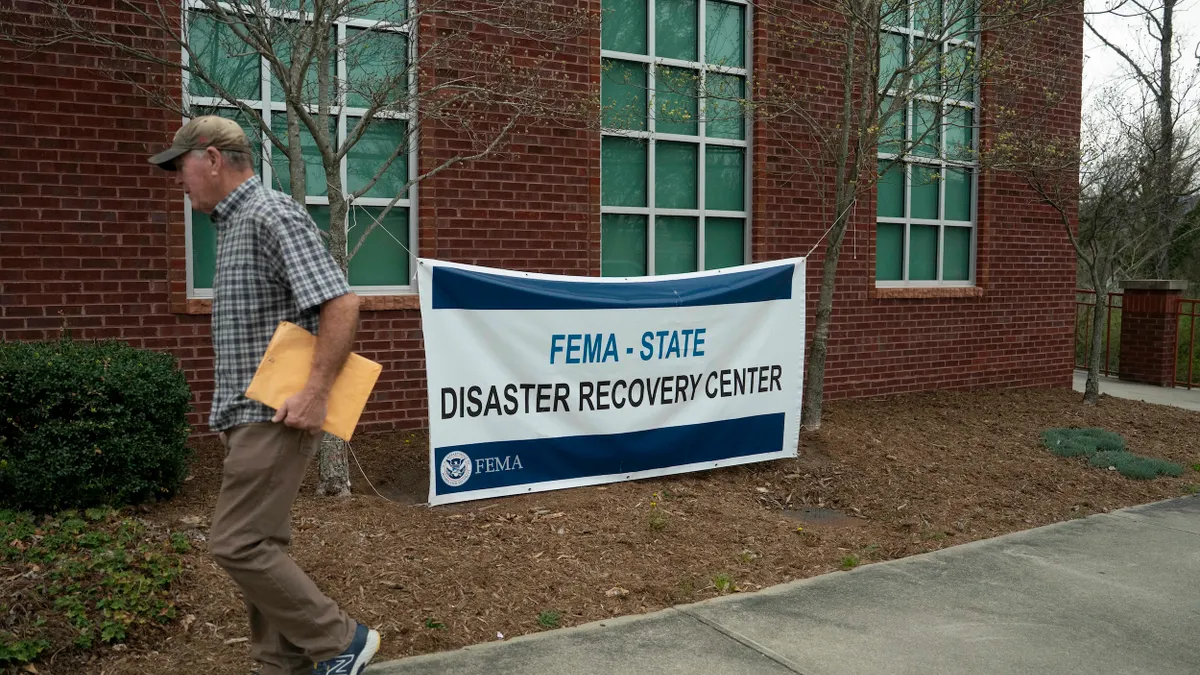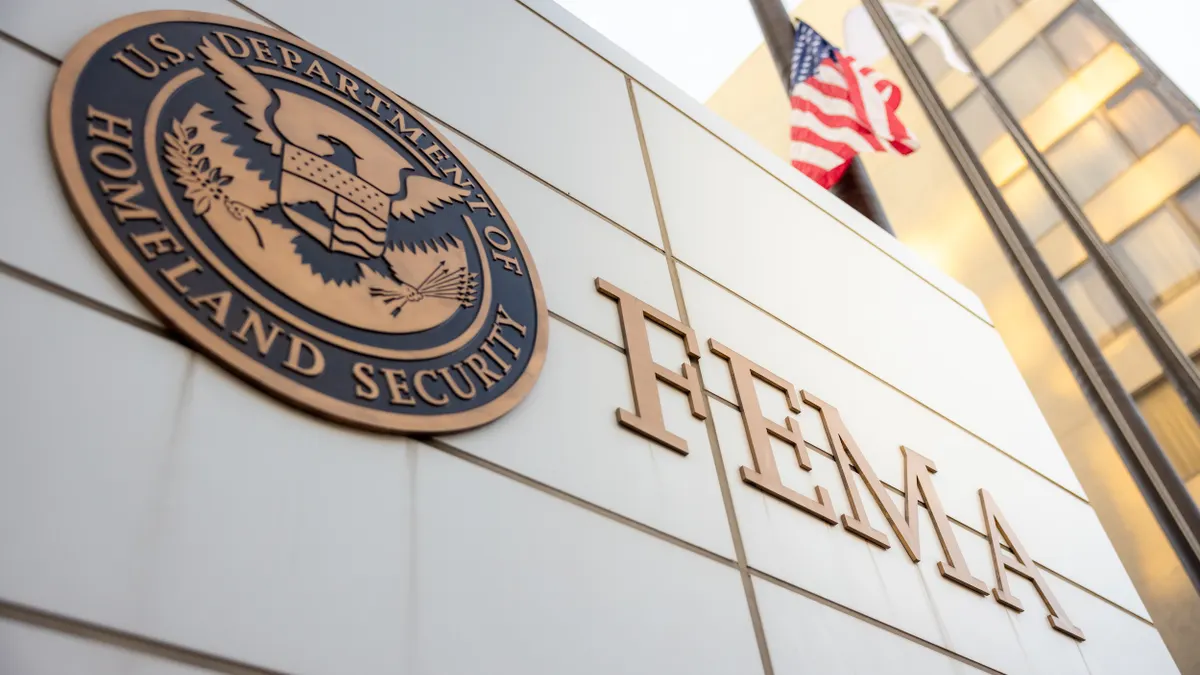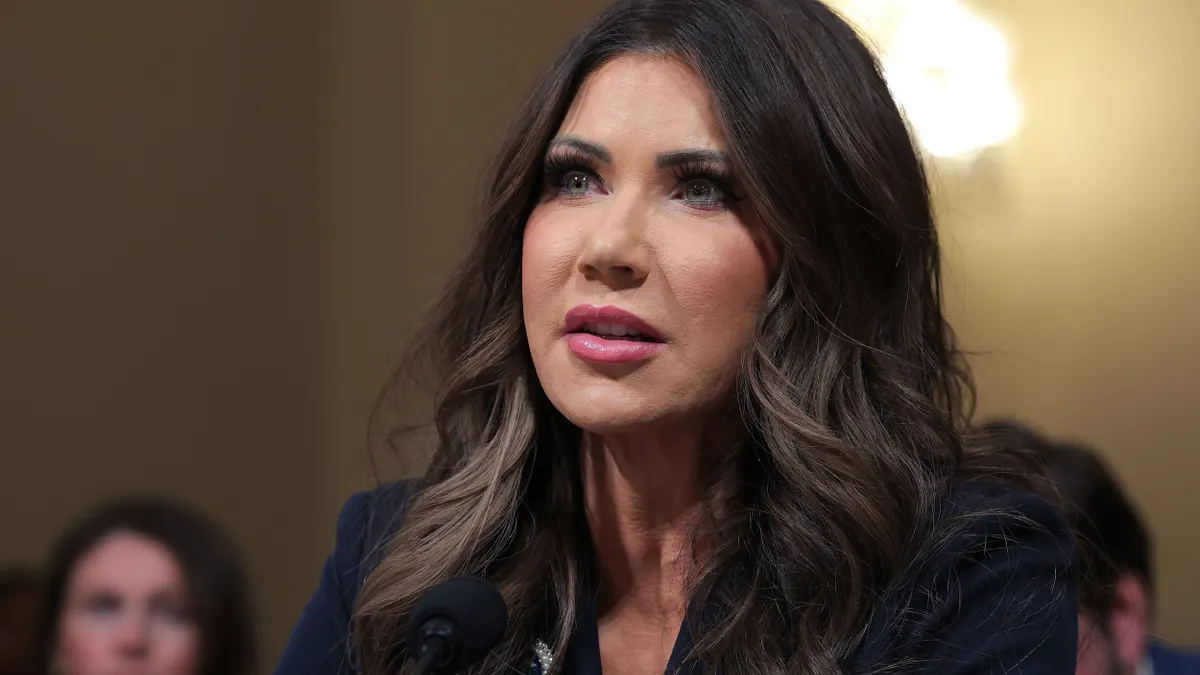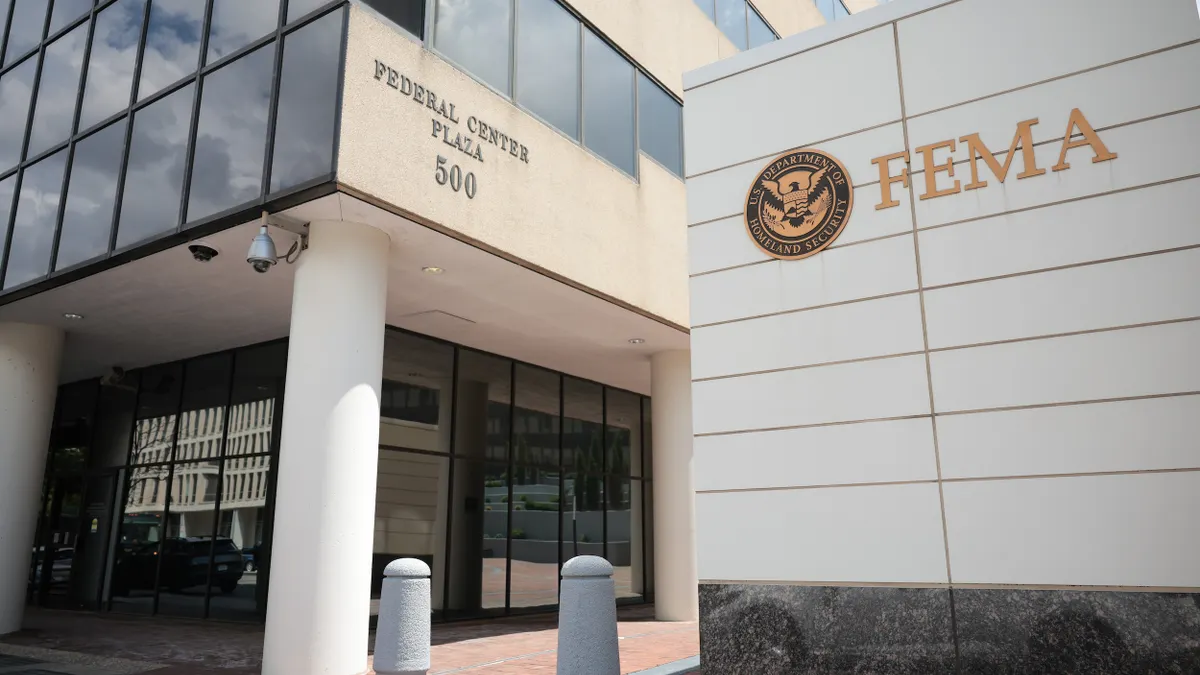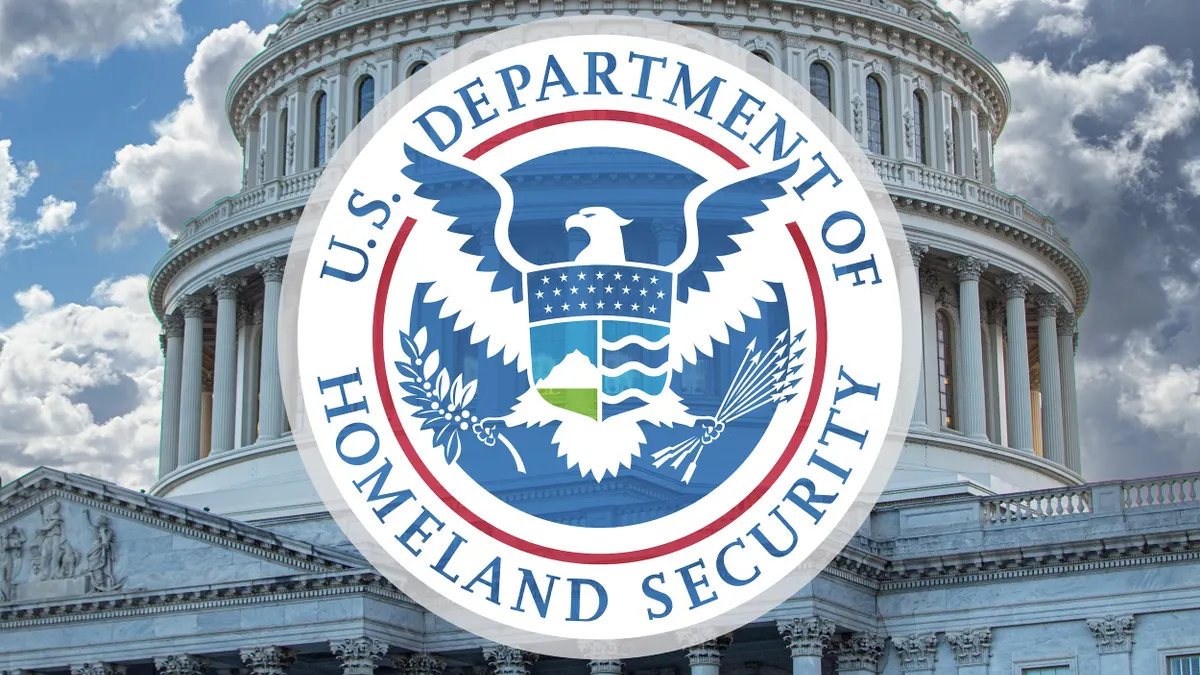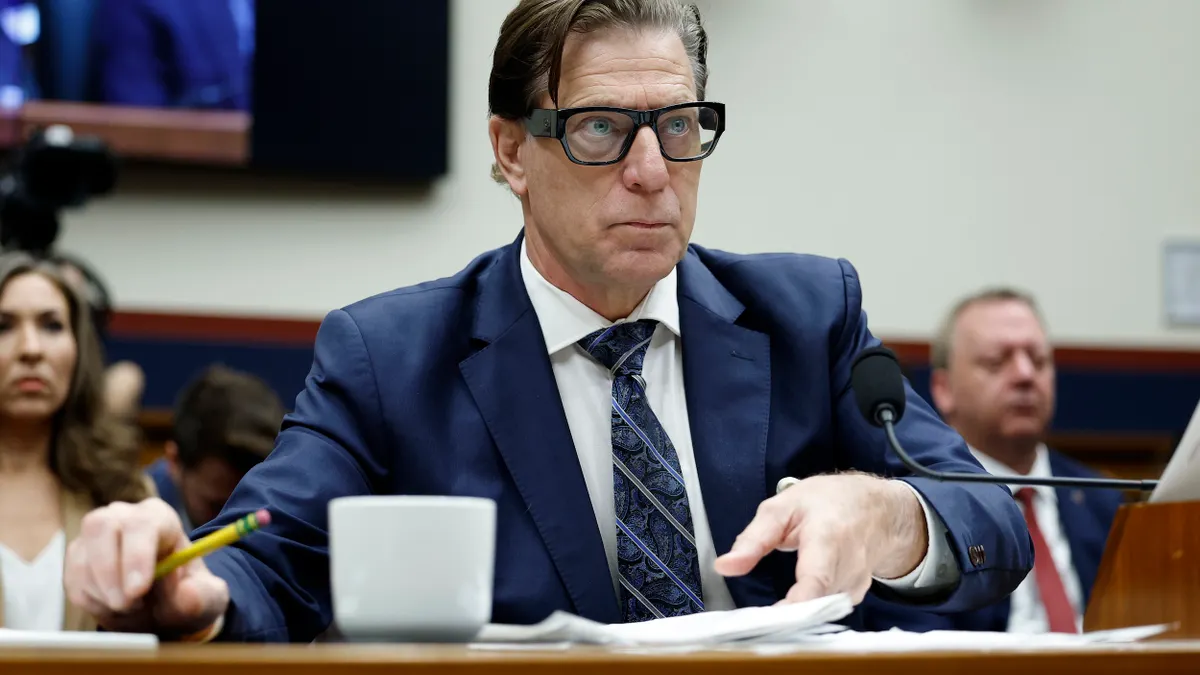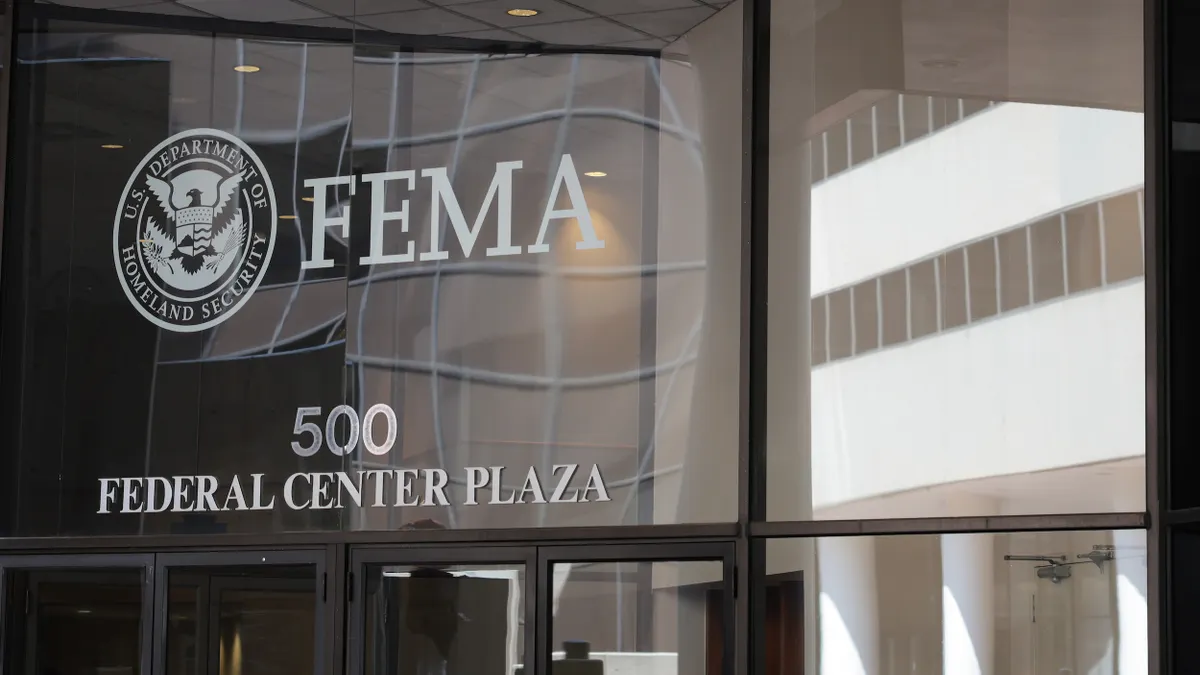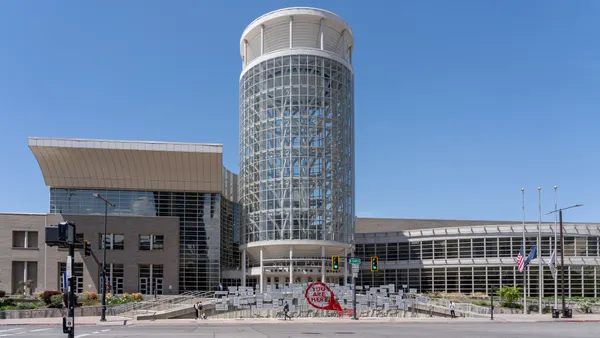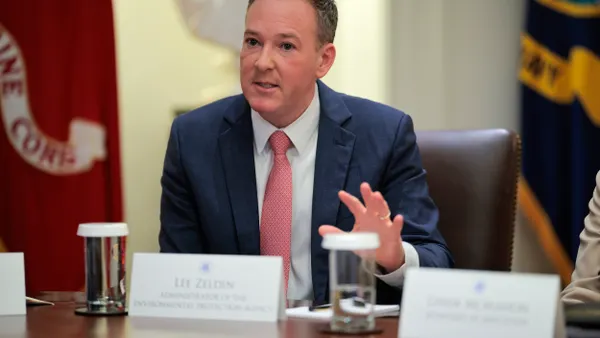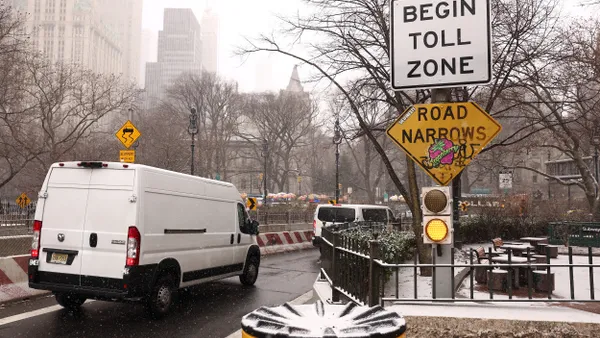The Federal Emergency Management Agency has long been the insurance policy cities rely on when disaster strikes. But with its workforce shrinking and a new federal push to shift responsibility for disaster preparedness and recovery to state and local governments, that safety net is starting to fray, according to a U.S. Government Accountability Office report released earlier this month.
Local governments need to prepare now for the possibility of less support when the next hurricane, flood or wildfire hits, said the report’s author, Chris Currie, a director with GAO’s Homeland Security and Justice Team, in an interview.
When the 2025 hurricane season began on June 1, only 12% of FEMA’s incident management workforce was available to respond to disasters because most staff members were already in the field supporting more than 91 major disasters and emergencies across the country, the report states.
Since January, FEMA has experienced “reductions across its workforce, including the loss of veteran leadership and within its pool of surge support volunteers,” the report found. The number of active FEMA employees decreased about 10% from Jan. 1 to June 1, from 25,800 to 23,350 people.
Officials from FEMA, the U.S. Army Corps of Engineers and the Environmental Protection Agency “shared concerns about meeting disaster response mission capabilities” as a result of workforce reductions, the report states.
Currie said President Donald Trump’s January executive order reviewing whether state and local governments and individuals should play a more active and significant role in national resilience and preparedness and the administration’s steps to reduce the size of FEMA’s workforce are worrisome.
“The biggest concern we’re hearing from states and localities right now is that they don’t want to be trying to figure out what support they’re going to get and what they’ll have to provide,” he said. “The concern we have is that you can’t pull the rug out from people quickly and expect them to be ready to respond without federal support.”
FEMA has been ”the insurance company for state and local governments,” Currie said. “And if that situation is going to change, then that’s going to seriously impact their ability to handle these events.”
Currie suggested five steps local governments should take now to prepare for a disaster or its recovery with less FEMA support.
1. Take inventory of all the federal resources your city relies on.
Consider everything from providing residents with short-term housing to giving them cash to repair their homes. Some states have programs to provide those supports, Currie said, “but it’s very rare because FEMA typically provides those services, so why bother?”
2. Be proactive about hardening buildings and infrastructure.
Invest in the necessary maintenance and shore up building codes to mandate resiliency. “You’re not going to stop disasters,” Currie said. “So, you either build to a different standard or [what you’ve built] gets destroyed and you rebuild over and over again.”
3. Make resilience and disaster preparation a citywide priority.
Disaster-prone cities like Miami, Houston and New Orleans understand this and do a good job of involving every department in planning and responding to catastrophic events, Currie said.
4. Bring finance and budget departments into all emergency management conversations.
“They are the ones who end up managing the programs and the dollars for response and recovery,” Currie said.
5. Advocate for your city with the state.
Disaster relief funds often flow through the state, Currie said. Too often, cities assume the state will look out for their best interests. “Oftentimes, what we hear is that frustrations from the city at a local level are much different than the state’s,” he said. “Don’t rely on the state to prepare for you. Be proactive.”







